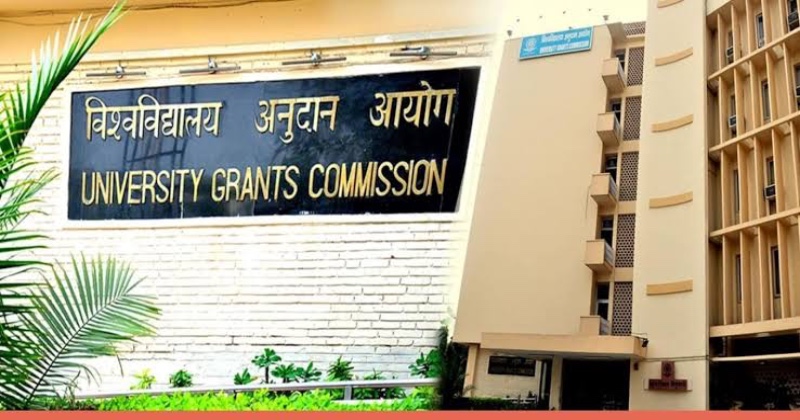
The University Grants Commission (UGC) is encouraging higher education institutions to spread awareness about the government’s ongoing Ayushman Bhav campaign for organ and tissue donation, with the aim of motivating young people to participate. Over 80,000 individuals, predominantly women, have taken the organ donation pledge since President Droupadi Murmu launched the initiative on September 13. The UGC has written to university vice-chancellors and college principals, requesting widespread dissemination of information on the online organ donation pledge to maximize participation.
The age group showing the most significant response to pledging organs has been those between 30-45 years old, followed by individuals aged 18-30 years. The government now intends to focus its efforts on the 18-30 age group. India’s organ donation rate remains below one per million population, while Spain boasts the highest rate globally, with around 48 donors per million population. The UGC pointed out the significant organ shortage for transplants compared to the number of patients in need, resulting in a substantial demand-supply gap. Organ donation can offer a new lease on life to up to eight people by providing vital organs like kidneys, liver, lungs, heart, pancreas, and intestine, as well as improving the lives of many more through tissue donations such as cornea, skin, bone, and heart valves.
Estimates indicate that around two lakh patients require kidney transplants annually, but only approximately 12,000 kidneys are available. Similarly, there is a significant shortfall in liver transplants, with around 4,000 livers available for a need of 40,000-50,000. Heart transplants also face a similar challenge, with just about 250 performed out of a requirement of 50,000. The demand for lung transplants has increased after the COVID-19 pandemic. India witnesses about 1.5 lakh deaths annually due to road traffic accidents, many of which could potentially be sources of organs for donation. Additionally, India hosts roughly one-third of the world’s corneal blind population, underscoring the importance of eye donation, while skin donation can be crucial in saving the lives of burn injury patients.

Post Your Comments